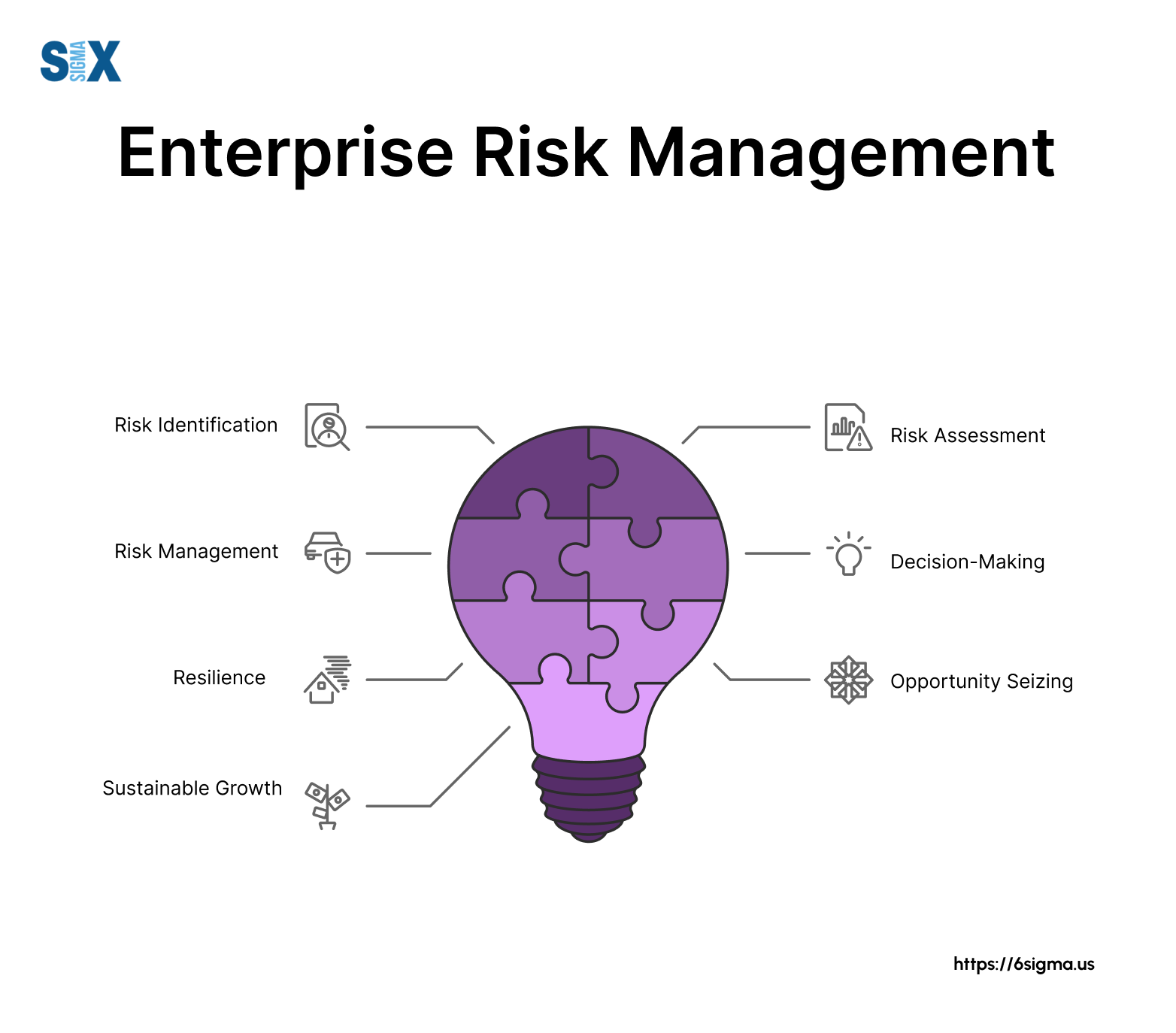Checking out the Significance of Risk Management for Effective Decision-Making Techniques
In the complex globe of business, Risk Management arises as a vital variable in the decision-making process. The ability to recognize potential dangers and opportunities, and strategize as necessary, can spell the distinction between success and failing.
Understanding the Principle of Risk Management
Risk Management, an essential element in decision-making, is frequently misinterpreted or oversimplified. Generally, it describes the identification, assessment, and prioritization of dangers to lessen, keep an eye on, and regulate the probability or influence of unfortunate events. It's not just concerning preventing adverse outcomes, but also about recognizing prospective chances. Risk Management includes regimented and organized methods, utilizing information and informative evaluations. It requires a comprehensive understanding of the company's context, goals, and the potential threats that might prevent them. From financial unpredictabilities, legal liabilities, critical Management errors, to accidents and all-natural catastrophes, it addresses various risks. Significantly, efficient Risk Management is not stationary; it's a continuous, forward-looking procedure that develops with transforming scenarios.
The Role of Risk Management in Decision-Making Processes
In the world of strategic preparation and business procedures, Risk Management plays an integral function in decision-making procedures. It assists in identifying prospective risks and unpredictabilities that can affect the accomplishment of organization goals. By mapping these threats, companies can develop strategies to reduce their effect, guaranteeing organization continuity and security. Risk Management therefore becomes an important device in decision-making, helping leaders to make educated selections based on a comprehensive understanding of the dangers entailed. It urges a proactive technique, enabling organizations to prepare for and prepare for feasible future circumstances. This substantially reduces the chance of negative effects, promoting extra efficient and effective decision-making strategies. Risk Management serves as a crucial element in the decision-making procedures of any type of company.

How Risk Management Improves Strategic Planning
In the context of calculated preparation, Risk Management plays a crucial duty. Starting with the identification of potential threats, it even more encompasses the implementation of Risk reduction actions. The duty of Risk Management is not static but vibrant, as it demands continuous monitoring and adjusting of techniques.
Identifying Possible Threats

Applying Risk Reduction
Having developed the value of identifying possible threats, the following action is to check out Risk mitigation. This procedure involves creating and applying techniques to handle identified threats effectively. It is a vital element of tactical planning as it improves decision-making by lessening prospective unfavorable results. Risk Bonuses mitigation strategies can vary from Risk avoidance, Risk transfer, to take the chance of decrease. Each approach must be tailored to the certain Risk, considering its prospective impact and the organization's Risk resistance. Reliable Risk reduction needs a deep understanding of the Risk landscape and the possible influence of each Risk. This understanding allows companies to focus on risks and allocate sources successfully, making sure that the most substantial dangers are dealt with initially.
Monitoring and Changing Approaches
Though Risk reduction is a crucial step in tactical planning, continuous tracking and modification of these methods is just as essential. It also offers a chance to examine the success of the Risk Management actions, permitting changes to be made where essential, further enhancing tactical preparation. Tracking and changing Risk Management techniques is an important element for boosting a company's strength and strategic planning.
Case Researches: Effective Risk Management and Decision-Making
Worldwide of business and financing, effective Risk Management and decision-making commonly function as the pillars of prosperous ventures. One such entity is an international oil business that reduced financial loss by hedging versus changing oil costs. In another instance, a technology startup thrived by recognizing and approving high-risk, high-reward strategies in an unpredictable market. A worldwide bank, confronted with governing uncertainties, successfully browsed the circumstance with proactive Risk evaluation and dynamic decision-making. These instances highlight the worth of astute Risk Management in decision-making procedures. It is not the absence of Risk, however the Management of it, that commonly sets apart successful firms from unsuccessful ones. These instances highlight the crucial duty of Risk Management in strategic decision-making. importance of risk management.
Tools and Strategies for Effective Risk Management
These devices, such as Risk signs up and warmth maps, aid in determining and examining prospective dangers. Risk action approaches, a key element of Risk Management, entail approving, avoiding, moving, or mitigating threats. With these strategies and devices, decision-makers can browse the complicated Visit Website landscape of Risk Management, thus helping with notified and effective decision-making.
Future Fads in Risk Management and Decision-Making Techniques
As we discover the huge landscape of Risk Management, it becomes evident that the methods and devices utilized today will continue to develop. Future patterns get more direct towards a boosted reliance on technology, with expert system and artificial intelligence playing substantial roles. These modern technologies will enable organizations to forecast prospective dangers with better precision and make even more informed choices. Furthermore, there will certainly be an expanding emphasis on durability, not simply in handling risks however also in recuperating from adverse circumstances. Lastly, the idea of Risk culture, where every participant of an organization understands and associated with Risk Management, will get more prestige. These trends proclaim a more positive and comprehensive strategy towards Risk Management and decision-making.
Final thought

Risk Management thus comes to be a crucial tool in decision-making, helping leaders to make enlightened options based on a comprehensive understanding of the threats included. Risk reduction methods can range from Risk avoidance, Risk transfer, to take the chance of reduction (importance of risk management). Reliable Risk reduction needs a deep understanding of the Risk landscape and the prospective impact of each Risk. Risk feedback methods, a key part of Risk Management, involve approving, avoiding, moving, or mitigating risks. The principle of Risk society, where every member of an organization is conscious and involved in Risk Management, will obtain much more prestige